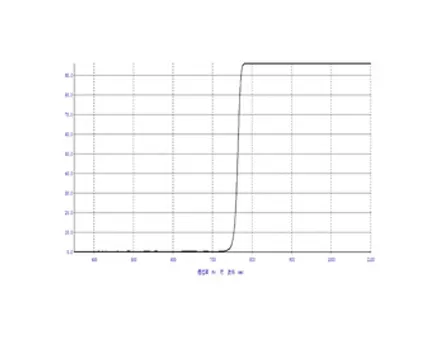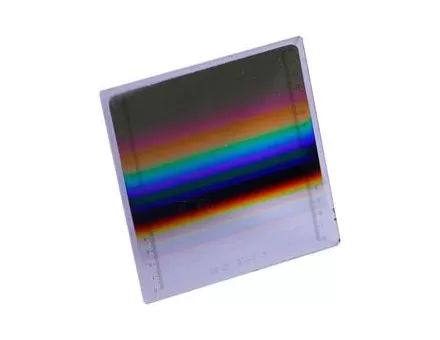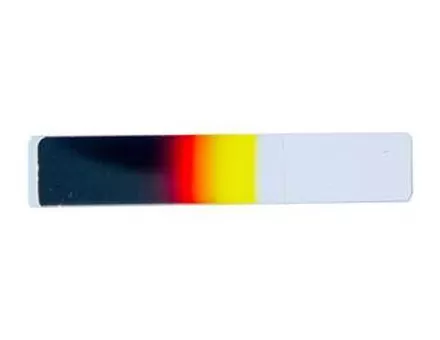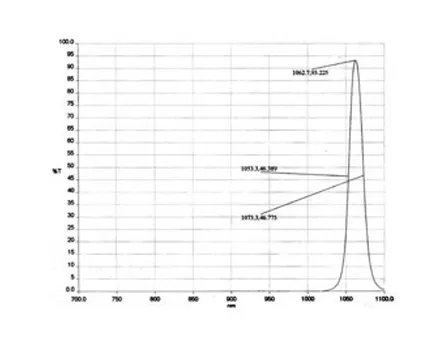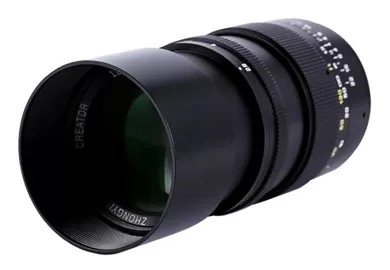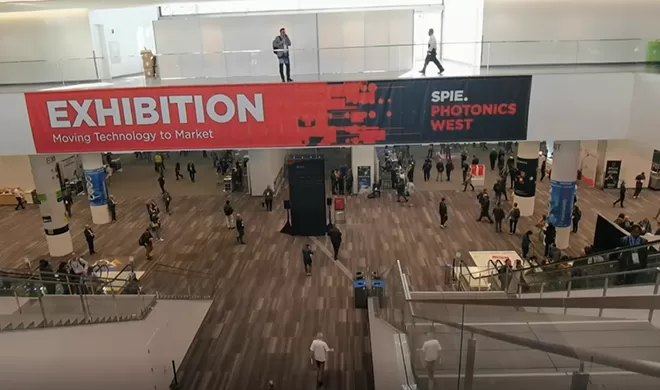The physical size of the spectral channel of the pixel level (step) filter is an integer multiple of the pixel size of the detector in the column direction and is consistent with the imaging surface size of the detector in the row direction, so as to ensure the spectral response of the same row pixel is completely consistent after integration. In the actual production, the spectrum range, the number of channels and the layout can be designed according to customer needs. The spectral range can cover both visible and infrared, the number of channels can be selected as 16 channels, 32 channels, 64 channels, and the arrangement mode can be selected as one line of each channel in the center of the target plane, multi-channel periodic arrangement of the whole target plane, single channel and multi-line of the whole target plane coverage, etc.

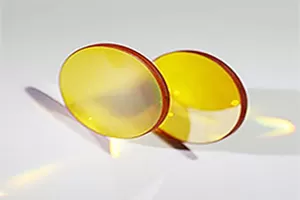
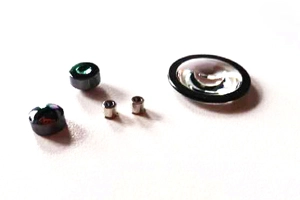



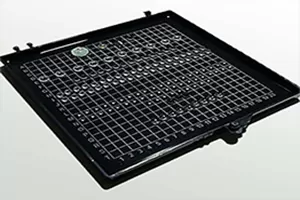

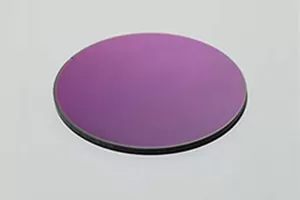

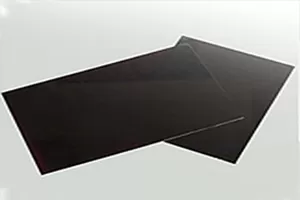
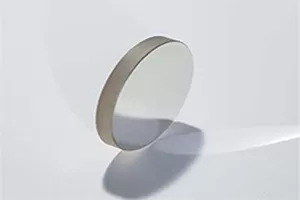



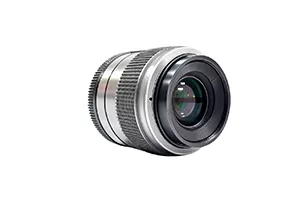
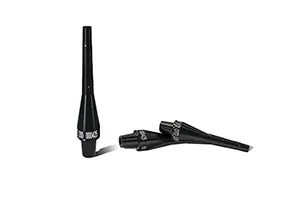
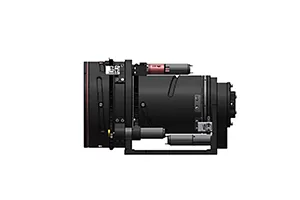
 EN
EN


